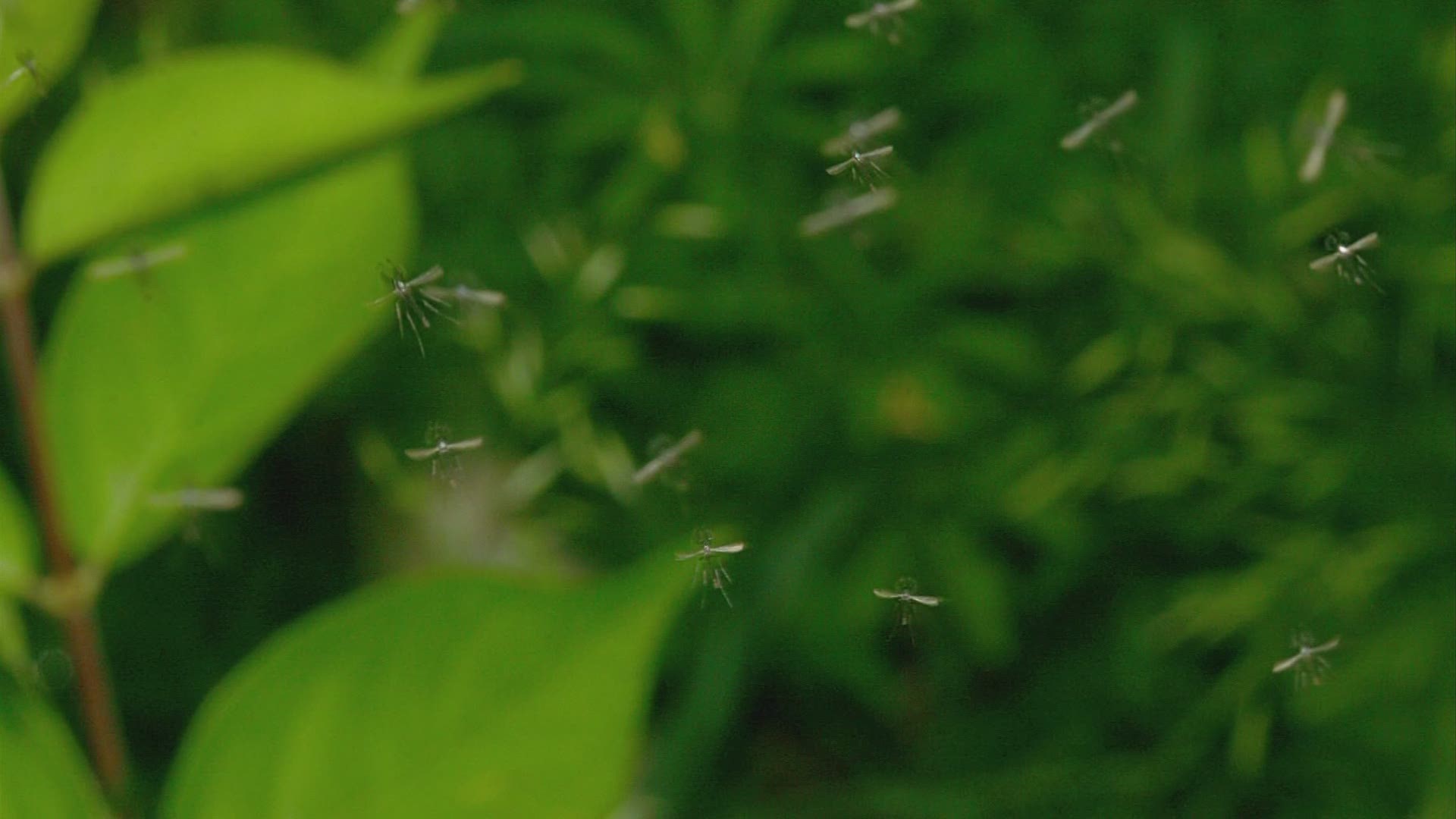Swarms of midges have been popping up with the warmer than normal temperatures this week.
During the spring, we start to see these tiny critters lingering around areas of decaying plants. Midges can often be confused for mosquitos because of their size and the swampy areas that they frequent.
Midges, unlike mosquitos, do not bite and like to fly around in groups.


David Shetlar, Professor Emeritus of Entomology at Ohio State University, says "when we have wetter than normal conditions, the more midge larvae are going to survive and the more midge swarms you are going to see."
Midges can help break down rotting plant material or mulch that is abundant during the wet and warm spring weather. They are typically found in areas where the soil is damp or has seen a lot of rain.
These swarms usually are all males waiting for the chance to mate and die just days after. There are hundreds of species of midges that also appear in the summer and fall.

